
The Adyar Library & Research Centre

Showing all 17 books

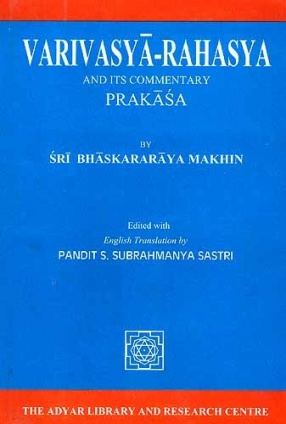

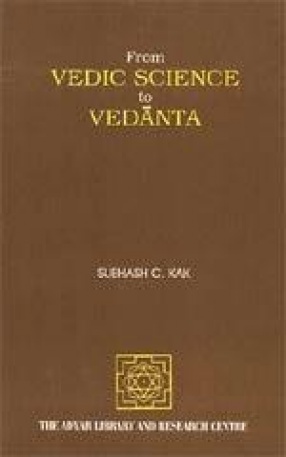
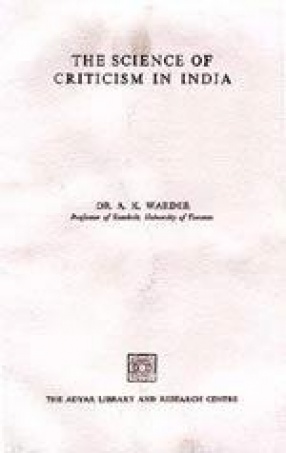

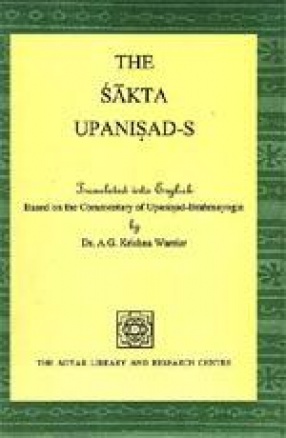
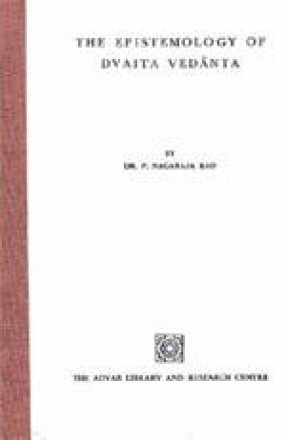
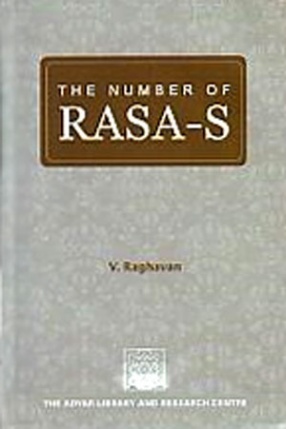



BHASKARARAYA, an authority on Srividya, flourished in the 18th century. He has commented on the Lilita-sahasranama, the Saundarya-lahari, the Bhavanopanisad etc.
He did much to dissuade devotees from following the vamacara rites and advocated the daksinamarga of Sri-vidya worship.
The Varivasya-Rahasya is an independent treatise and its commentary is by the author himself.
The English translation is by Pandit S. Subrahmanya Sastri, a traditional Sanskrit scholar ...




Vedanta has often been studied without relating it to the Vedic system of knowledge. The reason behind this situation is the fashionable but wrong view that Vedic thought is 'pre-scientific' and at best it represents' archaic modes of thought'. But recent scholarship has shown that astronomy was one of the bases of the design of Vedic fire altars and an astronomical code has been discovered in the organization of the Rgveda. It is now being accepted that the ...

India has a vast, though little known, literature. Even in India itself few people have any idea of the extent and interest of this heritage, being mostly intent on material affairs and on foreign ideas which might prove financially advantageous. They may be dimly aware that there is a considerable religious literature, some old epics of a semi-religious character, a few books of philosophy and a sprinkling of modern novels. It is a rare thing to meet a person ...
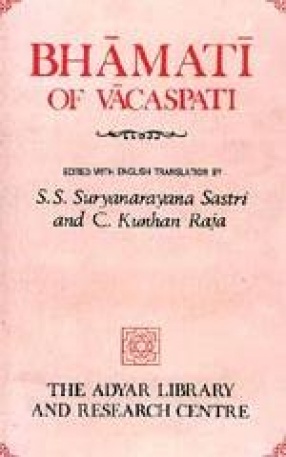
Bhamati: Catuhsutri, Vacaspati Misra's commentary on Samkara's Bhasya on the first four Brahma-sutra's, was published by the Theosophical Publishing House in 1933. it contained an elaborate Introduction and Notes, and an English translation by Professor C. Kunhan Raja and Professor S. Suryanarayana Sastri, this book was very well received by students and scholars, and has become almost a classic in the field. It has been out of stock for a long time and there has ...

The Vedantaparibhasa of Dharmaraja Adhvarin (c. 17th century) is a well known manual on the psychology, ontology and epistemology of Advaita Vedanta. Its brevity, clarity, comprehensiveness and depth have all time attracted numerous scholars from different parts of India to write commentaries and sub-commentaries. Its popularity stands unrivalled down the centuries. No sincere student of Advaita Vedanta con afford to ignore this work. Hence, the Paribhasa has ...

The present work contains English Translations of Eight Sakta Upanisad-s with notes, mainly based on the Advaitic commentary of Upanisad-Brahmayogin, following the daksinacara or Samayacara approach, and ignoring the non-Vedic vama-marga. It is based on the coordinate status of sakti and Siva. The typical Sakta elements such as the Srividya-mantra, the concept of the Cakras (mystic centres) and the worship of the mystic diagram Sricakra have been given due ...

The conception of moksa, which is the basic , dominant and practical motive of Indian philosophy, has at times overshadowed the logical subtlety, depth and skill, the power of analysis, the force of argument, the dialectical acumen and the play of reason in the Indian philosophical systems. This has led to the criticism that Indian philosophy and particularly the Vedanta, is a combination of religious faith and reason, being based primarily on the authority of ...

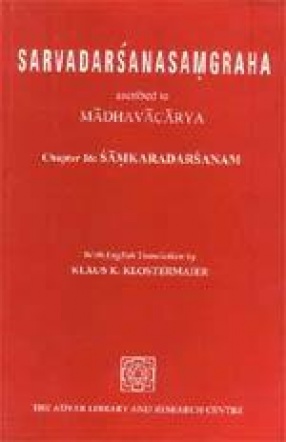
Sarvadarsanasamgraha ascribed to Madhavacarya was translated into English by E.B. Cowell and A.E. Gough; The last section dealing with Smkaradarsana which was not included there has now been translated by Klaus K. Klostermaier, and is being published here with the original texts. Ananthalal Thakur has shown that the real author was Cennu Bhatta, one of the Pandits in the court of Madhava.

A few centuries back there arose in the vast firmament of Sanskrit literature a big and brilliant star, the Tattvacintamani of Sri Gangesopadhyaya. It was acclaimed by all erudite men of that time as the clearest and most authoritative exposition of the principles of Nyaya, and to some extent of Vaisesika, philosophy. The intrinsic value of this great work prompted not a few of the intellectual giants o succeeding generations to write elaborate commentaries on ...
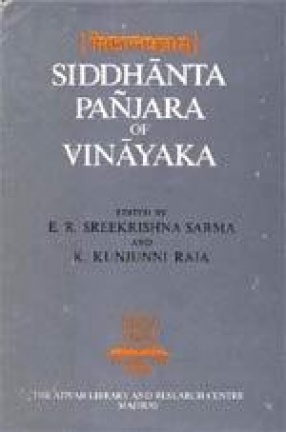
The Siddhantapanjara edited here for the first time is based on two incomplete and two complete manuscripts. Incomplete paper manuscript in the writing of Pandit V. Venkatarama Sharma; Paper manuscripts in the Government Oriental Mss. Library Madras, No. R. 2941; Palm leaf manuscript available in the Kerala University Mss. Library. The work is divided into 8 chapters and is in the form of questions and answers between a disciple and his teacher. It gives a lucid ...
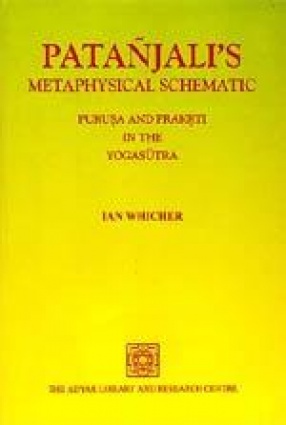
This monograph Patanjali's Metaphysical Schematic: Purusa and Prakrti in the Yogasutra is a reprint from The Adyar Library Bulletin, volume 63, 1999. Ian Whicher is a well-known scholar of Indian philosophy who has been specializing in Patanjali's Yoga. We have already published his monograph Cognitive Samadhi in the Yogasutra-s in The Adyar Library Pamphlet Series, no. 52. We have great pleasure in bringing out this monograph also in the same series as no. 55.. ...

The Laghu-Yoga-Vasistha is an abridgement by Abhinanda of the well-known Yoga-vasistha, containing the essentials of Advaitavedanta, illustrated by allegorical stories. K. Narayanaswami Aiyer's free translation, first printed in 1896 and reprinted once again, makes the wisdom contained in the text accessible to the lay public. The origin of I-consciousness, its growth and quiescence, the nature of maya and the way to overcome it, the states of Jnana and ajnana, ...
